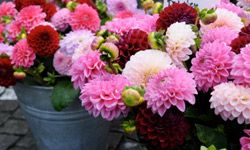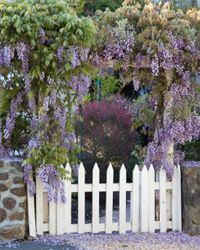Spring is a time of regeneration and renewal. With each passing day, there's exponentially more and more daylight. The whole world awakens, with animals coming out of hibernation and spring plants transforming from bud or bulb to blossom.
The following springtime plants make this list not only for their exquisite flowers, but also for other noteworthy characteristics. Some entertain the senses with their intoxicating fragrances, while others multiply so quickly, it makes gardening easy. Check out the top ten spring plants to consider during this inspiring season.
Advertisement





